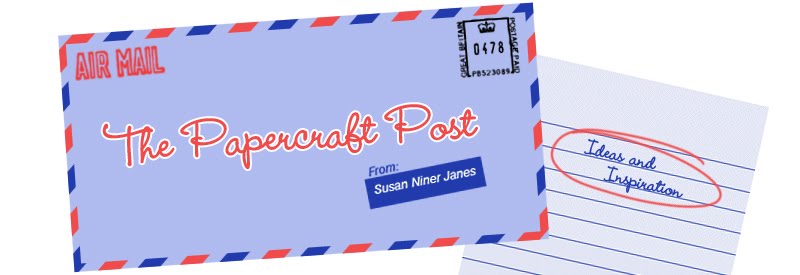All the skills you
need to make 20 beautiful projects
By Elizabeth Moad
Search Press 2017
Paperback UK £9.99/US $15.95
ISBN 978-1-78221-425-0
Star rating: *****
Quilling is papercrafter Elizabeth Moad’s area of expertise – and her
brand new book of projects for newbies has lots of verve and variety. The 20
projects have a fresh, contemporary feel – they let the lace-like swirls and
arabesques of the quilled shapes take centre stage, while avoiding decorative
overload.
You will learn how to make and shape quilled coils, how to
fashion mini-roses by twisting and turning quilling strips, and you will learn
husking – how to form decorative loops of quilling paper by guiding the strips
around strategically-placed pins in a foam board. Fringed quilling is also
featured - this involves the use of a fringing gadget, probably the most
expensive bit of kit in the quiller’s craft box (the rest of the quilling
supplies are low-budget) the result: ever-popular fringed flowers – real showstoppers.
Another clever technique is illustrated in the Wreath Card, in which a Border
Buddy ™ tool, a shaped plastic support, is used to create a free-wheeling,
Catherine-wheel effect.
Elizabeth’s clever use of materials and innovative techniques
include using decorative edging scissors to add interest to a quilling strip:
result – rolled cone flowers. Flower
motifs predominate because the organic curves of quilled forms lend themselves
to natural shapes. There’s also a super-cute owl motif. The author knows just
how to tweak her designs to add interest – a well-placed curl here, a bit of
3-D shaping there. Embellishments are kept to a minimum – for max effect – a ribbon
here, a well-placed bead, a bit of stitching.
Projects include an Anniversary
Gift Bag using a crimping tool, ridged cogs that create crinkled ridges in
the quilling strips, and Hanging
Decorations, 3-D stars, made using a quilling comb – loop the strips around
the prongs. Nice how the projects are used to highlight the use of a particular
tool or technique, focusing on just one new skill per project.
It might have been nice to see some quilled typography – a
pleasing trend that’s been very big recently. I suppose gluing the quilling
strips on-end to outline the letters was
deemed too tricky a technique for beginner’s to attempt.
The Table of Contents
acts as a picture gallery of the projects, chapter headings are Cycle of Life, Big Days, Festive Fun,
and Family Moments. Step-by-step
photos and text accompany each project. Upfront, you’ve got a capsule History of Quilling, a rundown of tools
and materials, plus basic how-tos.
Paper Quilling is
the companion volume to Elizabeth Moad’s Paper Folded Flowers, which I reviewed in my previous blogpost.
With this book and a few simple quilling supplies, you could
easily learn a new creative skill over the bank holiday.
Note: I was supplied
with a review copy of this title.





